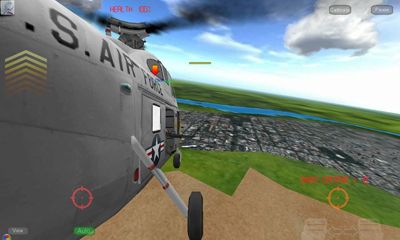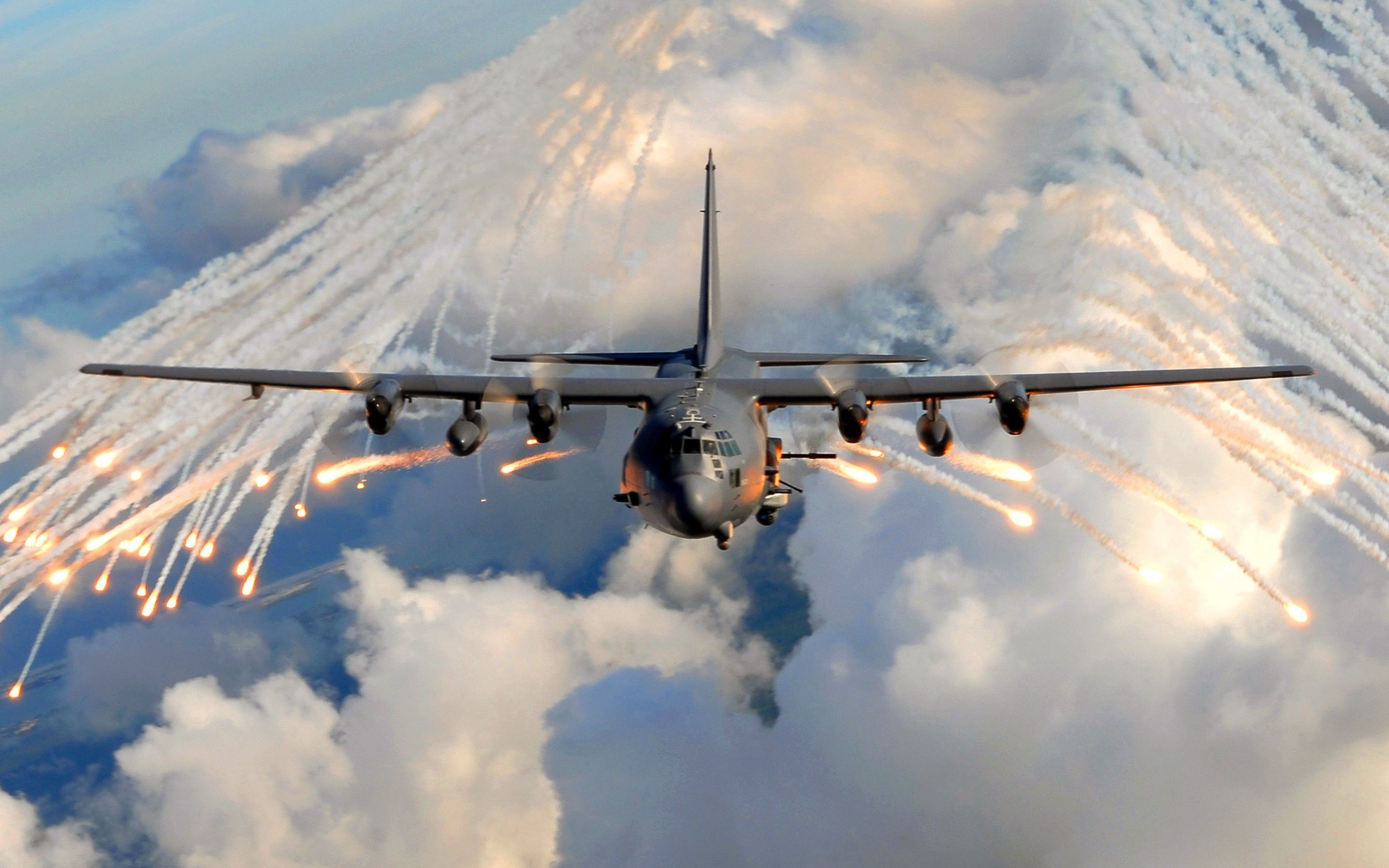


Typical was the defense of the embattled DUC LAP compound in Quang Duc Province. No outpost or village under gunship protection was ever lost to the enemy. They fired over 97 million rounds and killed over 5,300 enemy soldiers. With the Miniguns firing at a rate of 6,000 rounds per minute, aerial coverage was provided over an elliptical area approximately 52 yards in diameter, placing a projectile within every 2.4 yards during a three-second burst.įrom 1964 to 1969, the AC-47s successfully defended 3,926 hamlets, outposts and forts. Note: Initially, 30 MK-6 flares of 750,000 candlepower were carried before the MK-24 flares were available.Īirspeed during attack maneuvers was normally 120 knots indicated air speed (KIAS). The delivery system was extremely simple, the loadmaster armed and dropped each flare out the cargo door when the pilot signaled by flashing a cargo compartment light. Each flare could last up to three minutes and produce a light magnitude of two million candlepower.
#FLARES IN GUNSHIP III MOD#
Note: The SUU-11As were later replaced by specially designed 7.62mm General Electric MXU-470/A Gatling Miniguns.įor night missions, the aircraft carried approximately 48 MK-24 Mod 3 flares. Approximately 16,500 rounds of ammunition was carried on a typical mission.
#FLARES IN GUNSHIP III WINDOWS#
The AC-47D was equipped with three 7.62mm SUU-11A Gatling Miniguns mounted in the fifth and sixth windows on the port side of the fuselage and in the aft passenger/cargo door area. Fifteen aircraft were lost between December 1965 and September 1969. Although the AC-47D “Spooky”, commonly referred to as “Puff” (as in “Puff the Magic Dragon”), was an effective attack system, it was also vulnerable to enemy fire. In August 1968, the unit designations were changed from “Air Commando” to “Special Operations” (SOS/SOW).Ī total of fifty-three C-47Ds were converted for use as gunships during the Vietnam War. Within two years, the 4th ACS and the newly formed 3rd ACS (tailcode EL) were serving under the 14th Air Commando Wing (ACW). In November 1965, the 4th ACS (tailcode EN) was assigned 16 operational aircraft with four more assigned as “advanced attrition” aircraft. Although the 4th ACS was based at Tan Son Nhut AB, it deployed from several forward operating locations throughout South Vietnam (Bien Hoa, Pleiku, Na Trang, Da Nang and Can Tho). Air Force created the 4th Air Commando Squadron (ACS) in August 1965 as the first operational unit equipped with “Spooky” gunships. It was an instant success in breaking up enemy attacks on hamlets and other defensive positions, and within a year, substantial numbers of the rehabilitated “Gooney Birds” were in action throughout the region.įollowing the highly successful Project Gunship I combat test program, the U.S. On 15 December 1964, the AC-47D, using the callsign “Spooky”, was introduced into combat in Southeast Asia. Initially designated FC-47D (Fighter-Cargo), it was later changed to AC-47D (Attack-Cargo). By 1964, the first gunship conversion of a World War II Douglas C-47 Skytrain transport was completed under the Project Gunship I program. In the early-1960s, the Air Force Systems Command began experimenting with fixed-wing, side-firing weapons systems for possible use in Vietnam. The Douglas AC-47D is a fixed-wing, side-firing aerial gunship that provides close air support in defense of ground positions, escort and patrol, pre-planned strikes against suitable targets, and forward air controlling for fighter strikes.


 0 kommentar(er)
0 kommentar(er)
